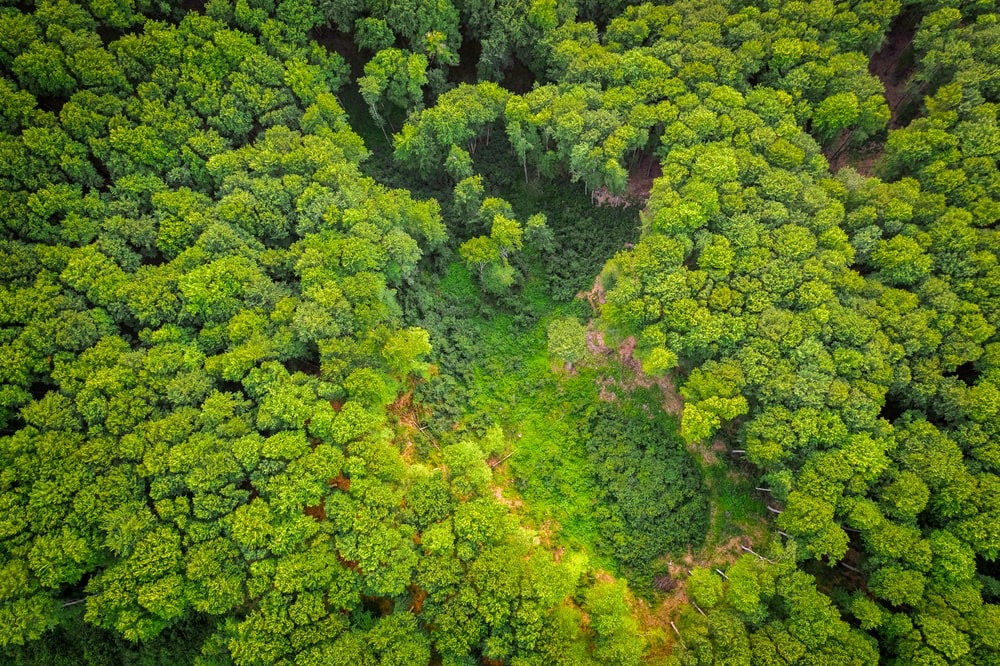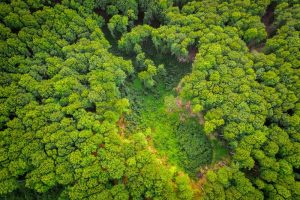- Client: European Environment Agency (EEA)
- Implementation period: July, 2020 - September, 2020 (Completed)
- Geographic coverage: European Union
- Theme: Environment
- Topic: Biodiversity and Natural Capital, Environment Policy
- Experts: Kym Whiteoak, Graeme Nicholls, Lisa Korteweg
How can ecosystems be effectively restored throughout Europe?
Maintaining functional, healthy ecosystems is imperative for the conservation of biodiversity and the essential ecosystem services that humans depend on. However, throughout Europe the status of many ecosystems continue to degrade due to anthropogenic drivers and stressors. To tackle this, several policies in Europe have aimed at restoring ecosystems including the European Green Deal and the EU Biodiversity Strategy to 2030.
In order to support the implementation of restoration measures, it is imperative to provide guidance to relevant stakeholders to ensure that measures effectively assist in maintaining and/or restoring ecosystems. To do so, identifying where and how to prioritise ecosystem restoration within the relevant policy agendas will be crucial in coming years. As such, this study supported the European Environment Agency in prioritising their research agenda in relation to ecosystem restoration in the coming years.
The project was conducted by Trinomics in collaboration with IEEP, between July and September 2020.
This investigation provided the following results:
- Nine key priority areas for the EEA to focus efforts on related to EU restoration were identified;
- Workshops held as part of the project helped relevant stakeholders to understand where key knowledge gaps were. In addition, such consultations assisted in providing a common understanding of how to improve the evidence base for implementing measures related to the EU Biodiversity Strategy to 2030. Such workshops are therefore seen as a very beneficial activity to implement after the throughout the process of adopting legal proposals.

